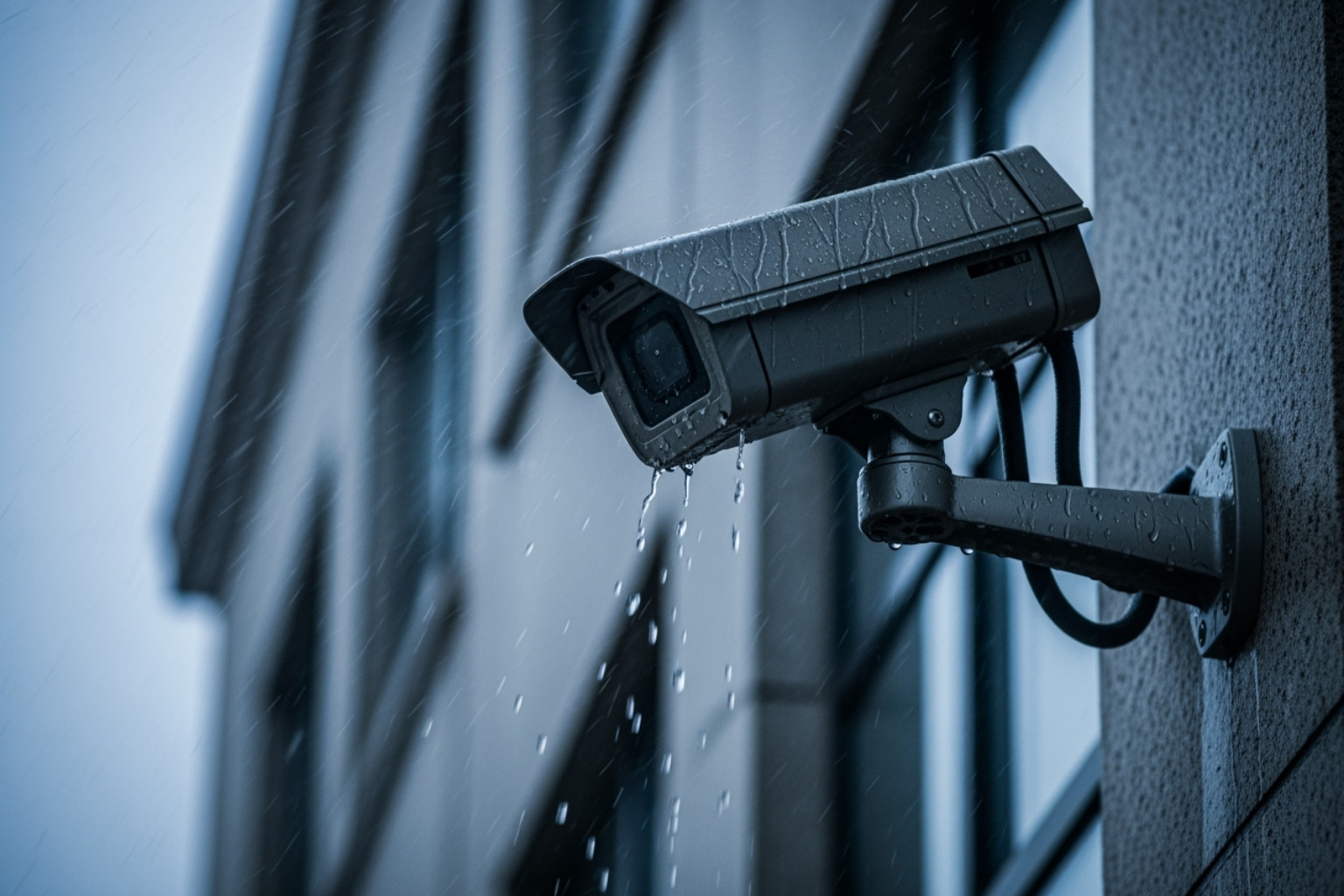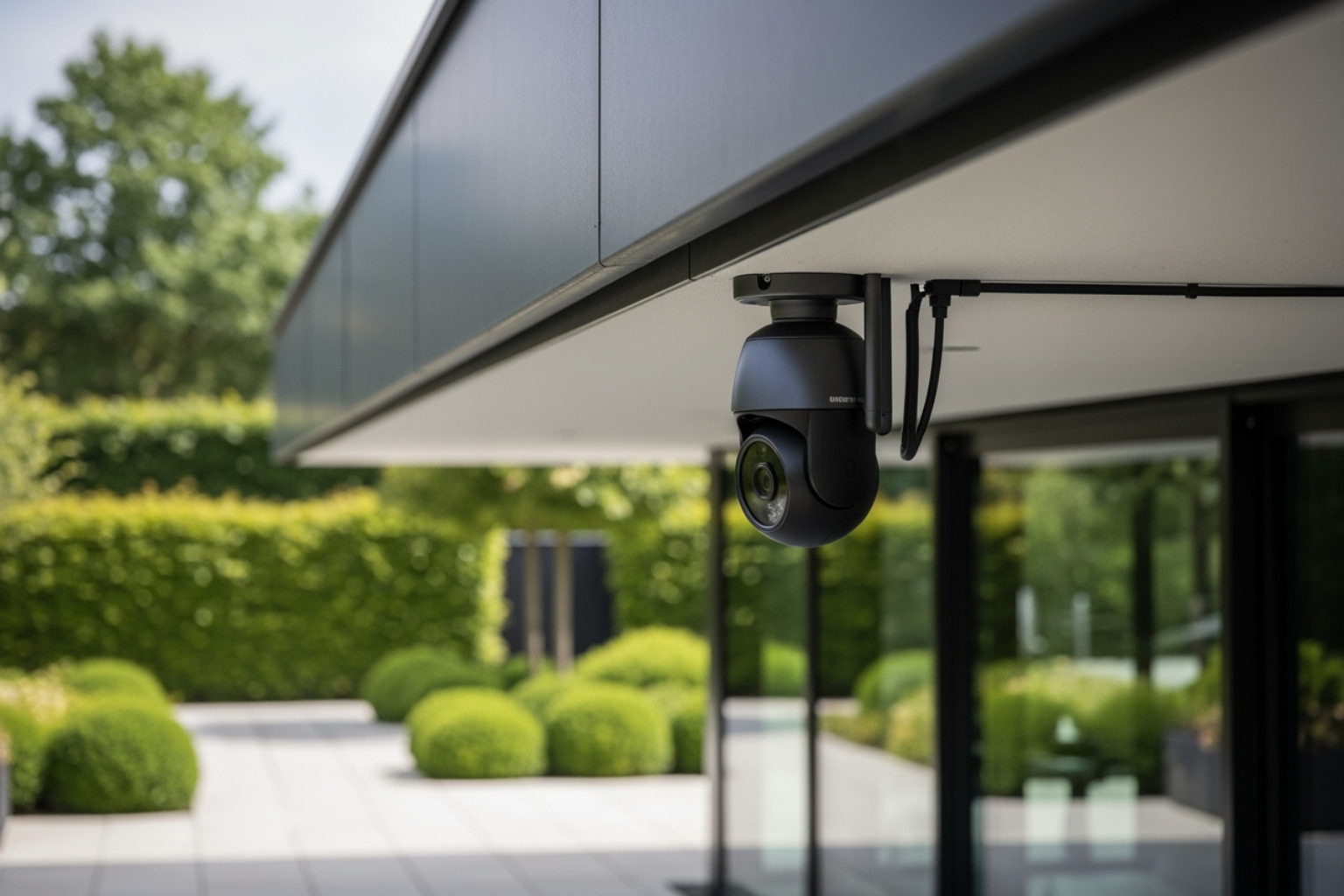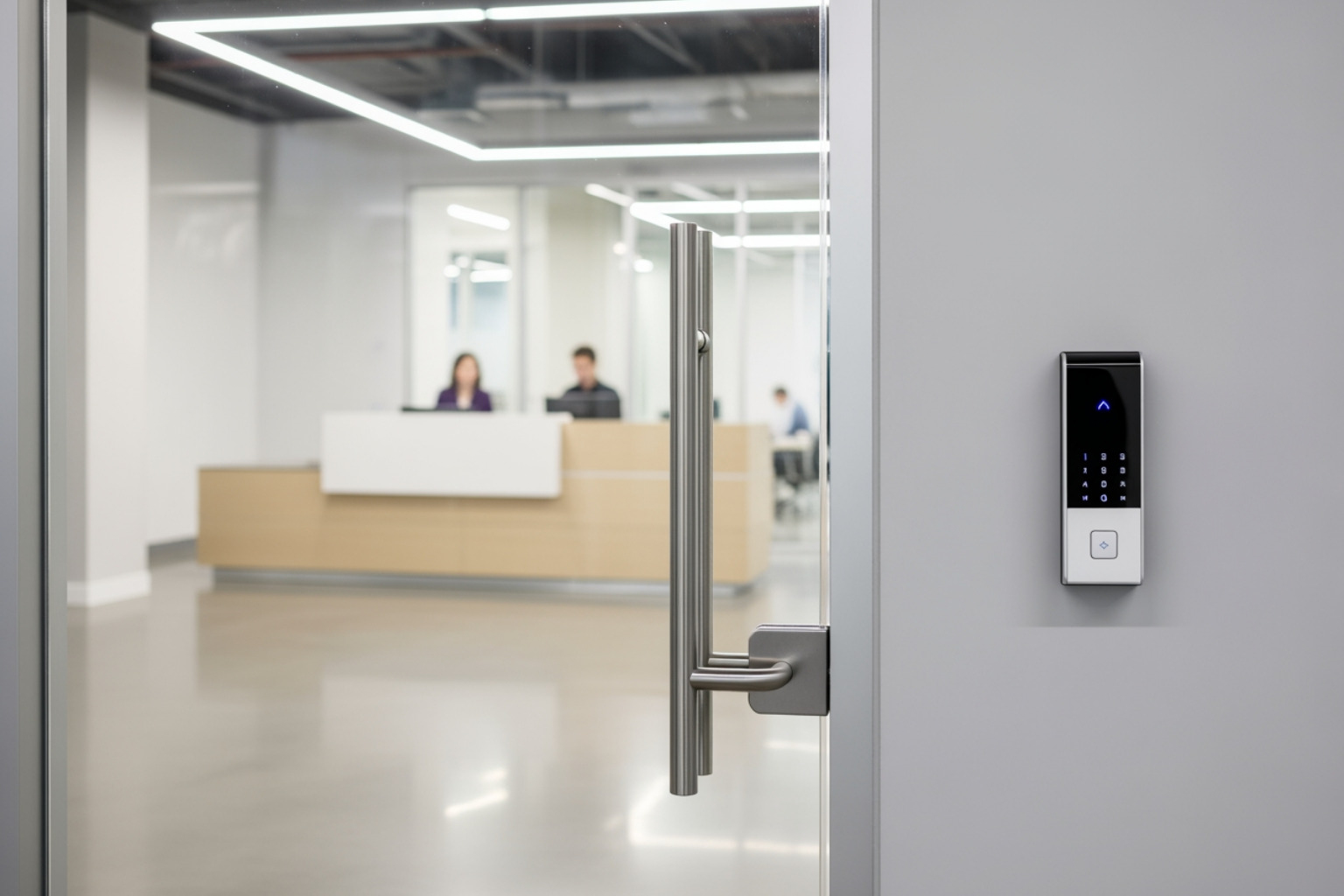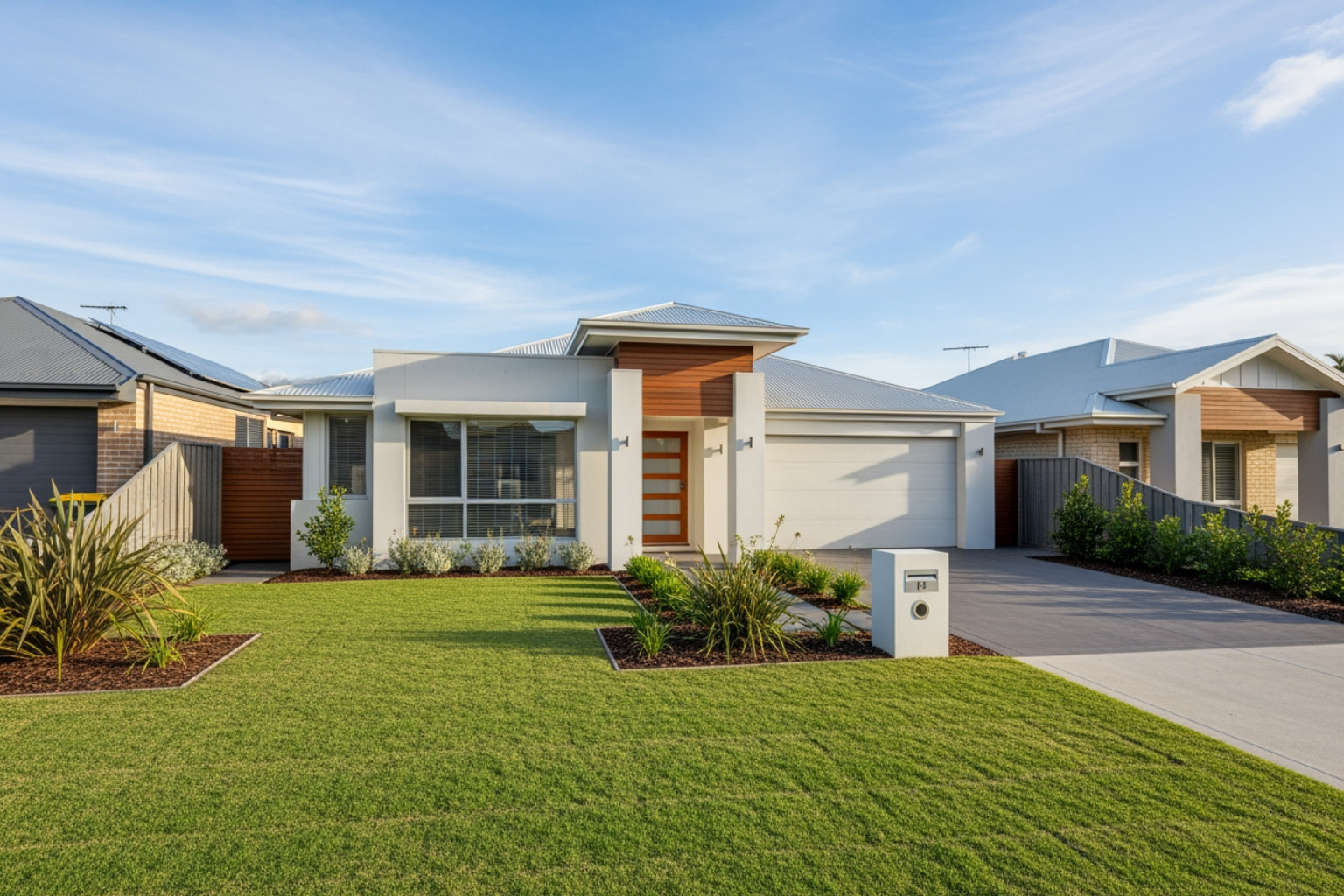
For Australian businesses and residential complexes, severe weather is a real risk. How weather can compromise your security system is a reality that can leave you unprotected when you need it most.
Weather-related damage comes in many forms:
When your system fails during a storm, you face more than equipment damage—you face a security gap. This is when opportunistic crime often spikes, as criminals know systems may be down and emergency services are stretched.
The good news: most of this is preventable. With the right design, quality gear, and proactive alarm system maintenance, you can build a resilient setup across closed-circuit television (CCTV), access control, alarms, intercoms, and gate automation.
I'm Dave Symons, Managing Director at DASH Symons Group. With over 16 years of installing and maintaining security systems across Queensland, we've seen how weather devastates unprepared sites. If you need security system repair or security system technical support, we’re here to help.
When Mother Nature releases her fury, your security system is often the first casualty. It's about hidden faults that disable protection when you need it most. We help you understand the risks and build resilience.
Physical damage is the most visible threat after a storm. Strong winds can misalign or dislodge cameras, creating blind spots. Flying debris like tree branches can crack housings and shatter lenses.
Rain and moisture are equally destructive. Water can seep into unsealed equipment and cause short circuits or corrosion. This is why Ingress Protection (IP) ratings matter. For example, an IP66 camera is protected from dust and powerful water jets. In exposed locations, a fully weatherproof model is better.

To minimise physical damage, we focus on three areas:
Our CCTV Systems are installed with these realities in mind, so your coverage and your Secure Building Access stays reliable in bad weather.
Electrical damage is a silent killer. A nearby lightning strike can push a surge through power and data lines, destroying electronics in cameras, control panels, and network gear. Hardware can look fine outside but be ruined inside.
With extreme weather events becoming more frequent, according to the National Climate Assessment, electrical protection matters more than ever.
Two components are non‑negotiable:
This protection works quietly in the background to prevent catastrophic failures. Our Alarm Systems include robust electrical safeguards as standard.
Power outages are common after storms. Any system that relies only on grid power will go dark, creating a window of opportunity for crime. Building redundancy is the fix.
Automated gates also need a plan for power failure. Our Gate Operation solutions include battery backups and manual overrides, so you’re never locked in or out when the power is off.
Gates are often the first and last line of physical security. Weather can stress motors, tracks, loops, and readers, so we design for reliability.
All installations are fully compliant with Australian standards, and all new equipment includes a 3‑year warranty.
Not all weather damage is sudden. The slow effects of heat, cold, snow, and ice can be just as destructive.
Choose equipment rated for your climate. Cameras with fans or heat‑dissipating designs suit hot environments. Placement under eaves helps, but nothing replaces regular Security Camera Maintenance to keep you ready year‑round.
The best time to protect your system is now. We design integrated solutions across CCTV (closed‑circuit television), access control, alarms, intercoms, gate automation, and the supporting network infrastructure so everything works together and stays online.
Based on 16+ years in Queensland, here’s how we harden systems and reduce downtime:
Before a storm, run a quick check: confirm backup batteries are healthy, clear debris around equipment, and test remote access to cameras, intercoms, gates, and access control. These simple steps improve uptime and make recovery faster.
Even a well‑designed system needs ongoing care. Weather seals age, mounts loosen, and batteries degrade. Many post‑storm failures come down to small, preventable maintenance issues.
Regular inspections and proactive repairs are the best defence. Tightening a bracket or replacing a tired battery during a routine visit can prevent a major failure in the next storm. That’s why we built the Dash Care Plan (DCP)—our programmed maintenance service for scheduled checks and preventative repairs that keep you ready year‑round.
With Queensland’s unpredictable weather, a reliable maintenance partner matters. We support you with responsive repairs, integration expertise, and simple, honest advice so you can focus on your operations while we handle the tech.
Ready to weather‑proof your security? Contact us to book a consultation, or explore our services—CCTV Systems, Alarm Systems, and Gate Operation.

